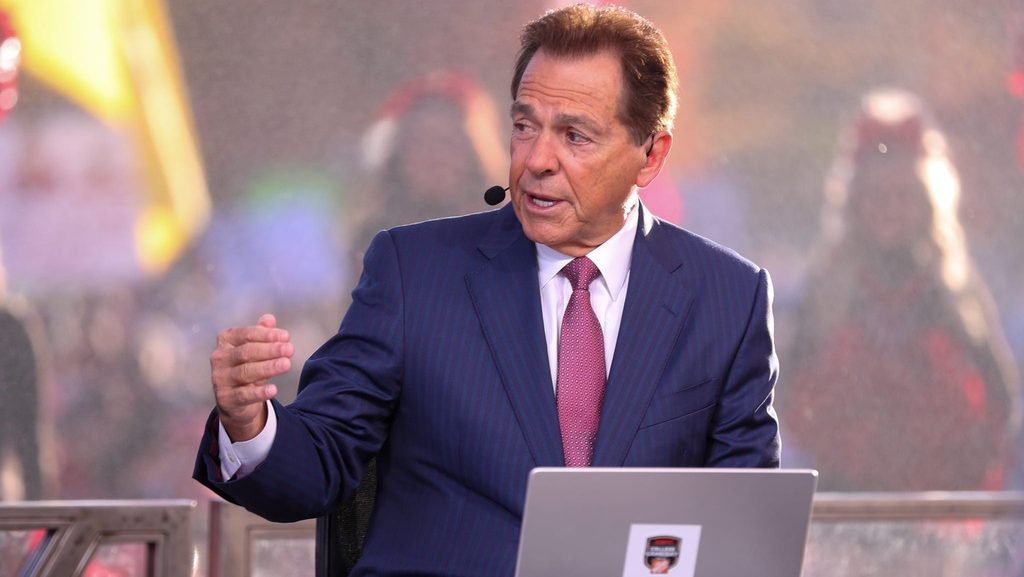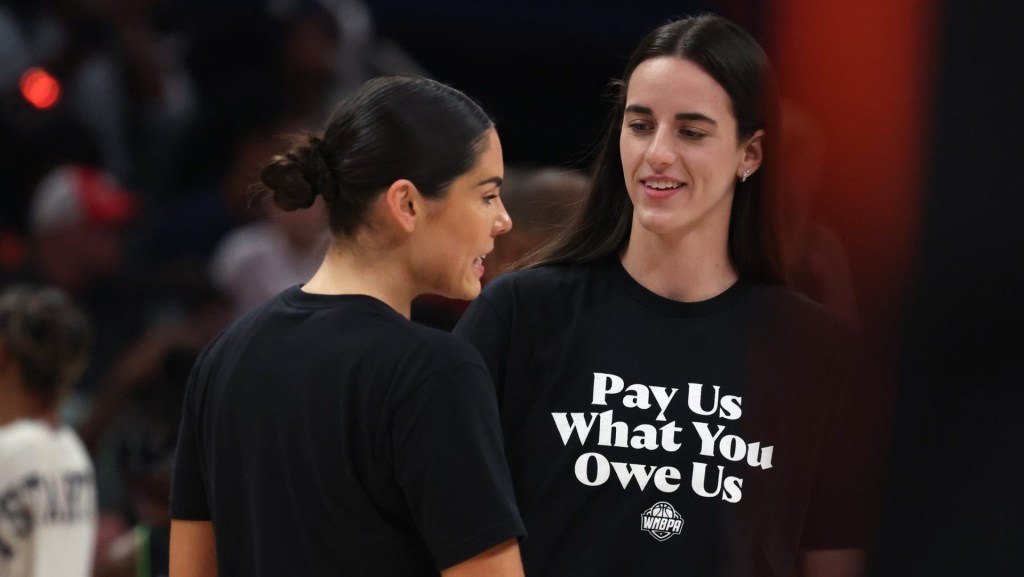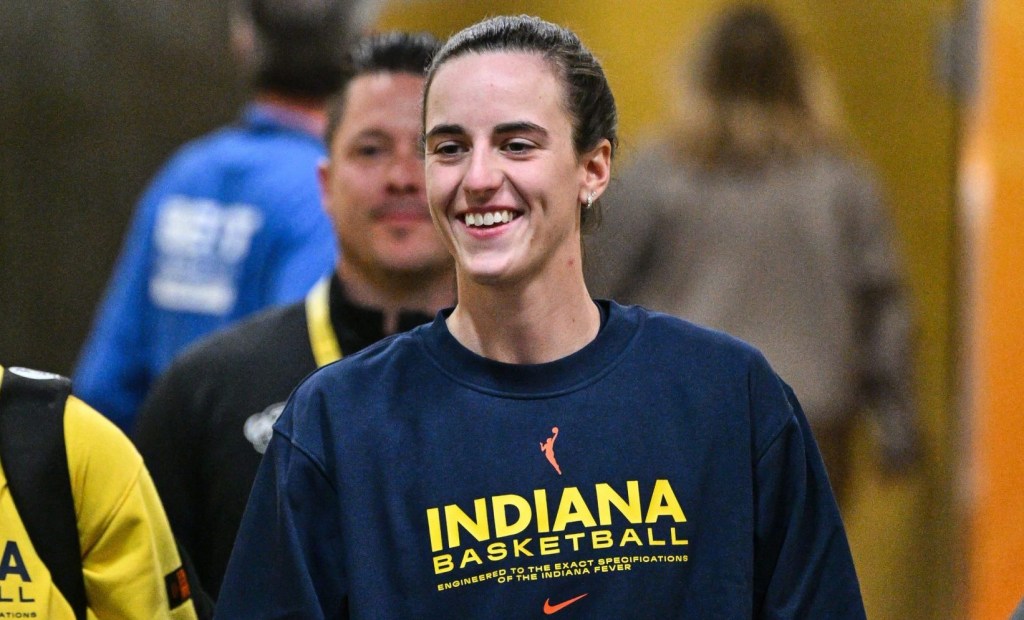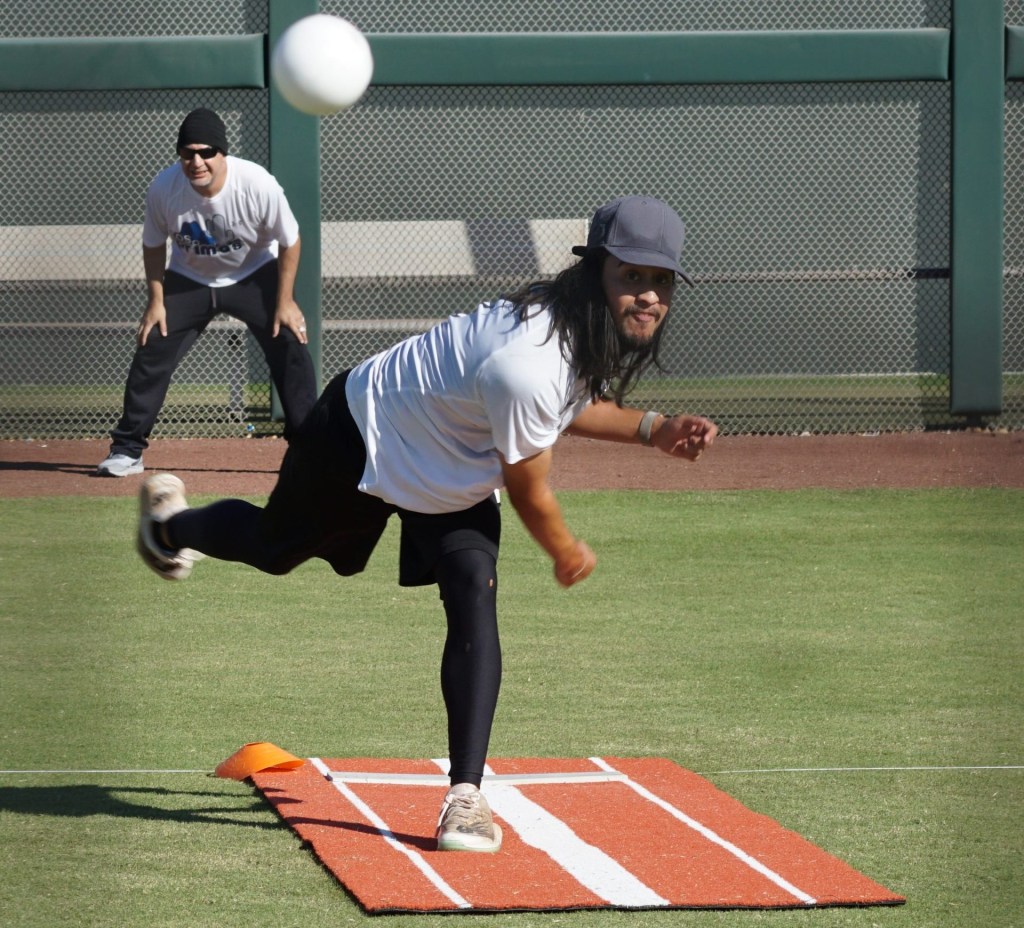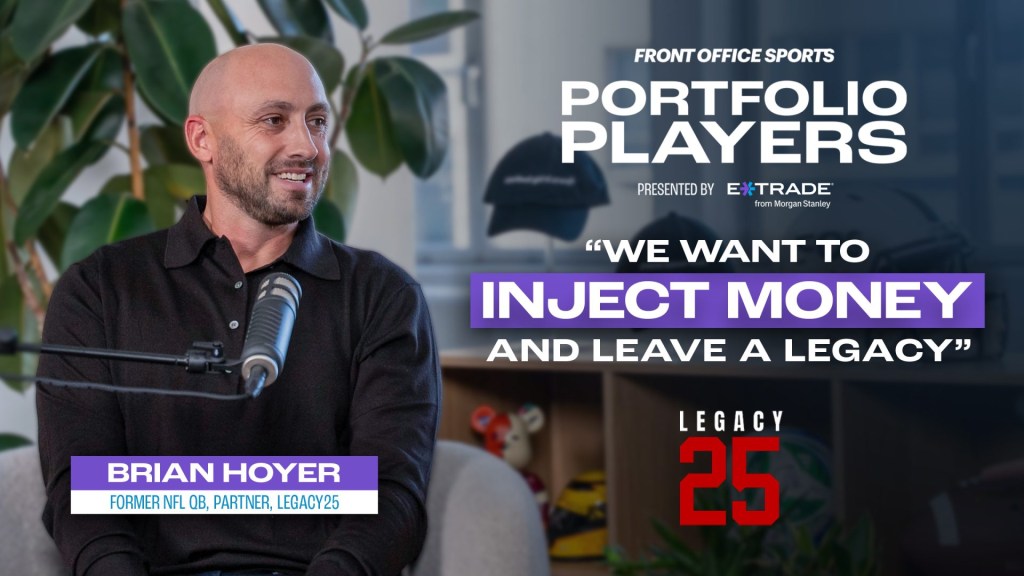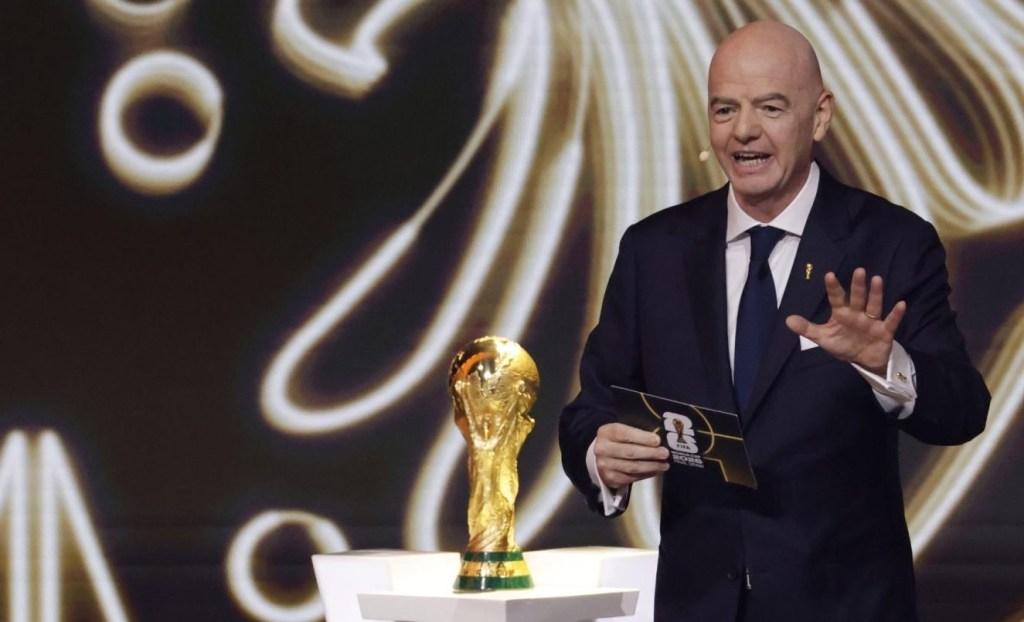The puck has dropped on the PWHL’s third season, marked by the first games for the Seattle Torrent and Vancouver Goldeneyes. The two teams debuted against each other in front of a sold-out crowd of 14,958 at Vancouver’s Pacific Coliseum on Friday—the eighth-largest draw in PWHL history, including special events and Takeover Tour games. The Goldeneyes won their inaugural game 4–3 in overtime.
After operating with six teams for the first two seasons, Seattle and Vancouver are the PWHL’s first expansion teams. They won’t be the last.
By season four, the league—owned by billionaire Mark Walter, who also recently acquired the majority stake in the Lakers—could include up to 12 teams, depending on what its research yields throughout the next few months.
“I’ve talked a lot about having a weighted system of all the different factors,” PWHL EVP of business operations Amy Scheer tells Front Office Sports. “Those are venues, partnership community, fan support, youth hockey, travel, and what our economic opportunity is there. We have a weighted model that we put all of those things into.”
The data from last year’s Takeover Tour—a series of neutral-site games—gave the PWHL the ammo it needed for this season’s expansion. Seattle and Vancouver were the first two stops on the 2024–25 tour, which featured nine games across nine cities and drew 123,601 fans. Less than four months later, they were named the league’s next cities.
This year, the PWHL has expanded its Takeover Tour to 16 regular-season contests across 11 cities. Seven of those cities are brand new, including Calgary, Chicago, Dallas, and Washington, D.C. The league will be also be returning to Detroit, Edmonton, Québec City, and Denver. It will closely watch each location’s returns. “If we have four really strong markets, then that’s the direction we’ll move in,” Scheer says.
The league is comfortable moving quickly and has every intention of going fast again. “We’ve proven that time is overrated,” she says. “In Year One, we launched six teams in just a couple of months. This year we launched two teams in about seven months. We’ll stick to that timeline.”
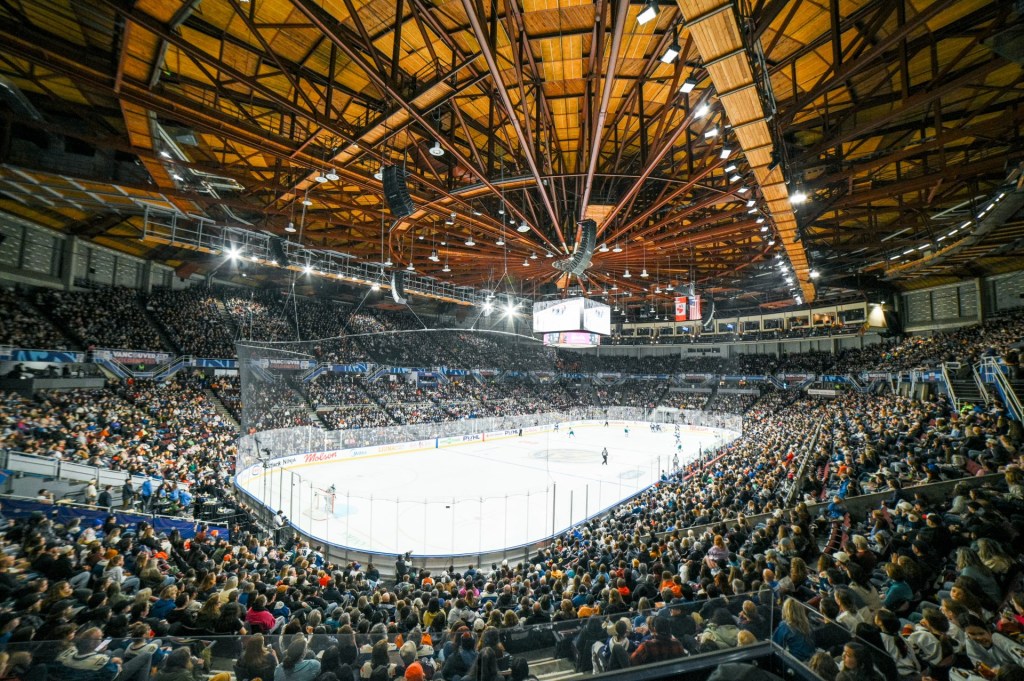
The process for standing up an expansion team is complex. Building out a new brand alone requires multiple approvals, beginning with the league’s VP of brand and marketing, Kanan Bhatt-Shah, who serves as the project lead.
Next, the league brings on an outside agency to help with ideation. Stakeholders bring hundreds of possible names, which are slowly whittled down through a mix of opinions and lawyer feedback on intellectual property. The chosen name is then presented to the PWHL’s board.
Once the board grants approval, the PWHL embarks on the brand-identity work. Scheer adds that in every market, the league has tried to bring fans into the process.
She believes last year’s April announcement gave the PWHL plenty of time to conduct an expansion draft, develop brand identities, get jerseys made, and build out rosters. Her goal for the next round of expansion is to stay within that six- to seven-month window between the time a team is announced and its debut.
Depending on the Takeover Tour data, the league may not hit 12 this year—but that’s the target as soon as possible.
”[That number] helps us add more value on the media end, partnership end, more markets for us to grow in, build [a] fan base. The more our numbers grow, the more value we have as a league, the more value we have against our partnerships we sell, the more merchandise we sell,” Scheer says. “Those two things—growth and profitability—are not separated. They’re both goals and both that we continue to embark on.”

